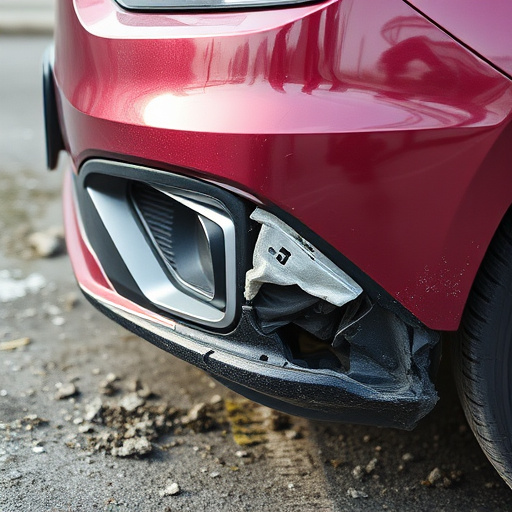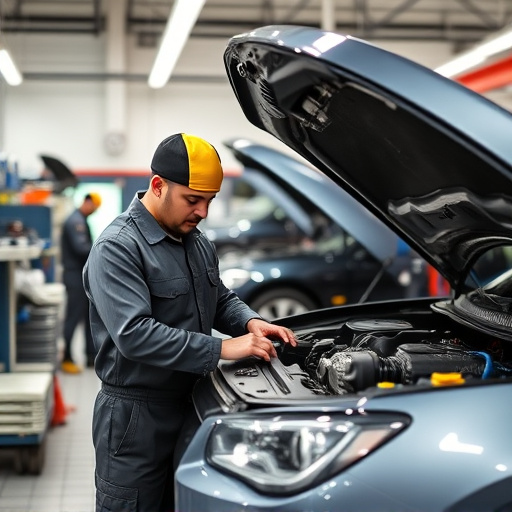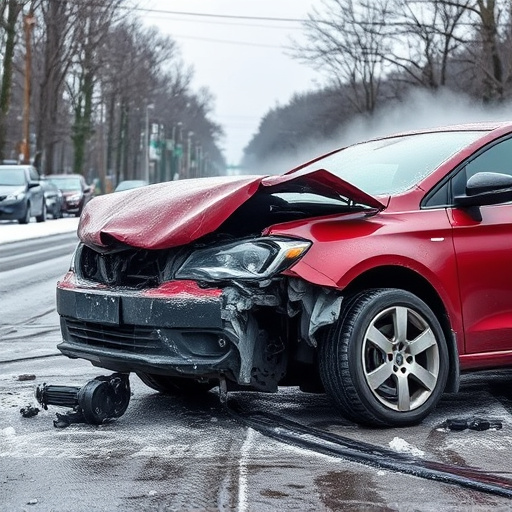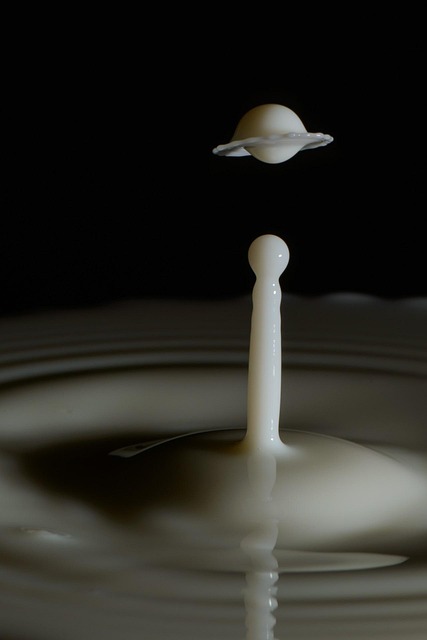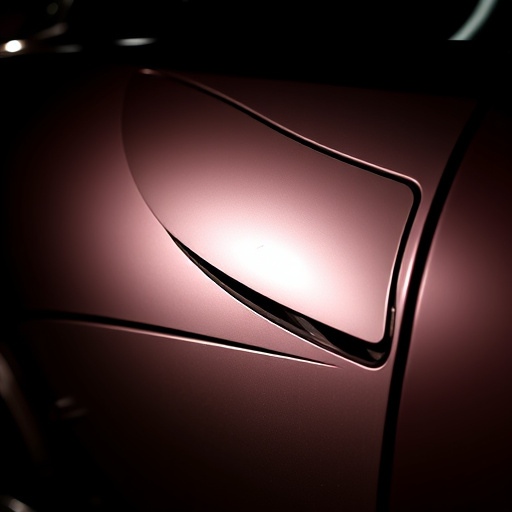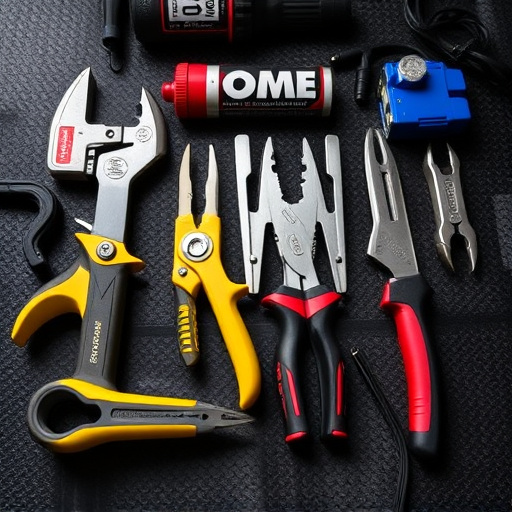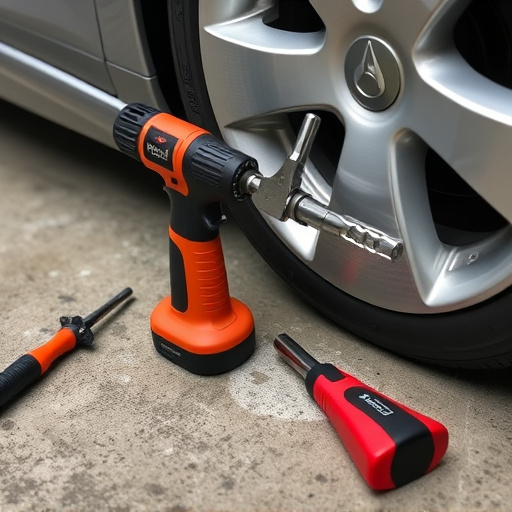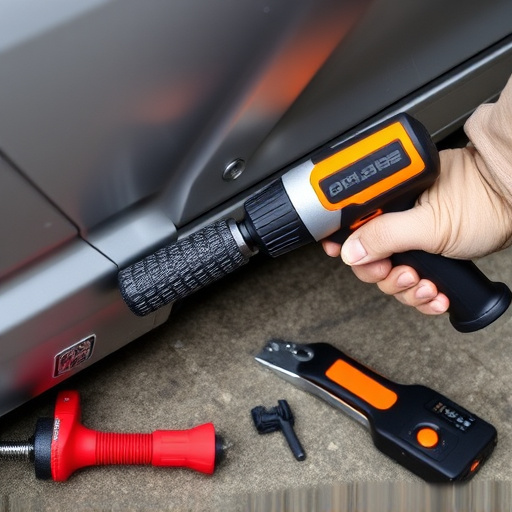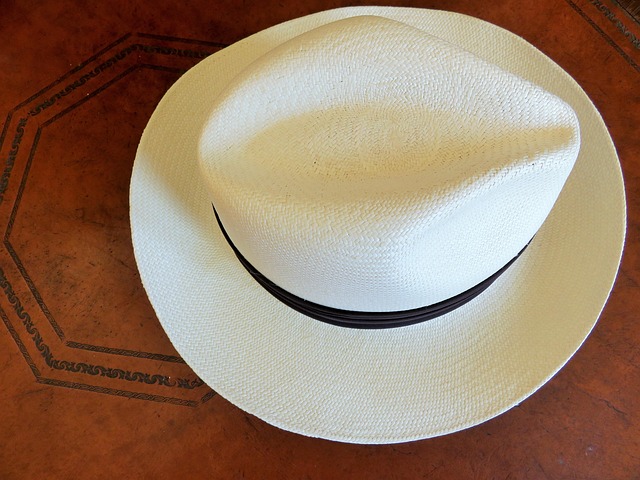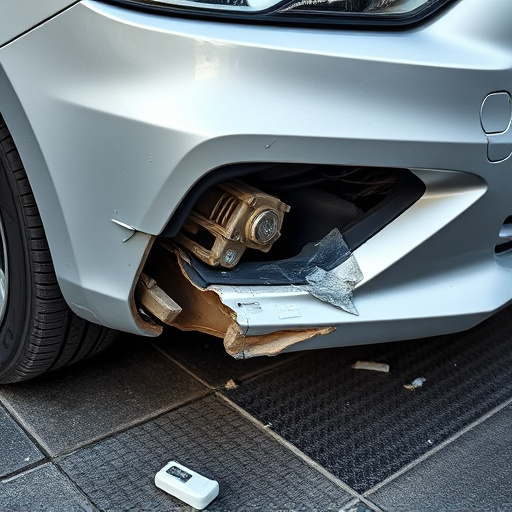The Tesla Measure System (TMS) is an advanced technology for autobody shops, providing precise measurements and digital records via high-resolution data and images. Despite current limitations like sensitivity to environmental conditions and difficulty with complex surfaces, TMS has the potential to revolutionize vehicle maintenance under the Tesla brand. Upcoming updates aim to improve sensor capabilities and algorithms, addressing reliability concerns and enhancing accuracy for various repairs, ultimately streamlining processes and fostering efficiency in the automotive industry.
Is Tesla’s Measure System a game-changer or a work in progress? This article explores the current capabilities and limitations of Tesla’s groundbreaking measurement technology. From its advanced LiDAR and camera arrays to real-time mapping, the Measure System promises precise autonomous driving. However, reports of inaccuracies and inconsistencies raise questions about its reliability. We delve into these issues, analyze future prospects, and discuss expected improvements, providing a balanced view as Tesla continues to refine its cutting-edge measure system.
- Understanding Tesla's Measure System: Features and Capabilities
- Current Limitations and Known Issues with the Measurement Accuracy
- Future Prospects and Expected Improvements in Trustworthiness
Understanding Tesla's Measure System: Features and Capabilities
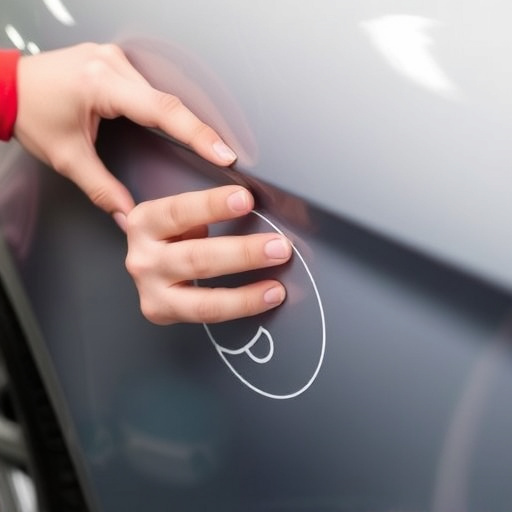
Tesla’s Measure System is a sophisticated tool designed to revolutionize the way automotive body shops and professionals approach car bodywork services. This system offers an extensive suite of features, ensuring precise measurements and evaluations. With advanced sensors and software, it can accurately assess damage, detect subtle imperfections, and provide detailed reports on various vehicle components, from exterior panels to intricate interior details.
One of its key capabilities is the ability to capture high-resolution images and data points, enabling efficient tracking of autobody repairs over time. This technology goes beyond basic measurements, offering a comprehensive digital record that can be invaluable for insurance claims, customer satisfaction, and ensuring top-quality workmanship in an automotive body shop environment.
Current Limitations and Known Issues with the Measurement Accuracy

While Tesla’s measure system offers a promising glimpse into the future of autonomous vehicle maintenance and repair, it’s crucial to acknowledge its current limitations. Despite advanced algorithms and sensor technology, the measurement accuracy isn’t flawless. Known issues include variability in readings due to environmental factors like temperature and humidity, as well as challenges in accurately assessing subtle damage, especially in areas hard to reach or those with complex geometry, such as curved surfaces or intricate body panels.
Furthermore, the system may struggle with distinguishing between different types of materials and finishes, potentially leading to inaccurate assessments during auto body repair processes, including scratch repairs and more extensive autobody repairs. While Tesla continues to refine its technology, users should remain cautious and cross-reference measurements with professional opinions for critical repairs, ensuring both safety and the best possible outcomes for their vehicles.
Future Prospects and Expected Improvements in Trustworthiness
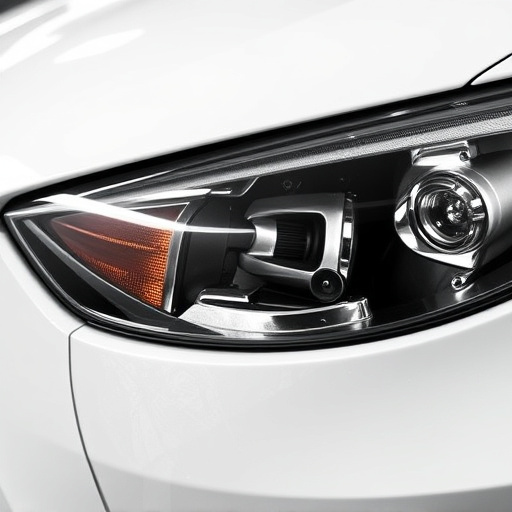
As technology advances, the Tesla Measure System (TMS) is expected to evolve and improve, addressing current concerns regarding its trustworthiness. Future updates may incorporate enhanced sensor capabilities and more sophisticated algorithms to provide even more accurate measurements for various vehicle repairs, including fender repair, auto glass replacement, and intricate vehicle paint repair jobs.
The continuous development of TMS could revolutionize the automotive industry by ensuring precise assessments from the outset, streamlining processes like estimating and billing for these specialized repairs (e.g., fender repair, auto glass repair). This enhanced reliability will not only benefit repair shops and customers but also contribute to a more efficient and sustainable vehicle maintenance ecosystem.
While the Tesla Measure System offers exciting capabilities, current limitations in measurement accuracy highlight the need for ongoing development. As the technology matures, especially with anticipated improvements, users can expect higher levels of trustworthiness. For now, a cautious approach is advised when relying solely on the system’s data, but the future looks promising for seamless integration into various industries.
